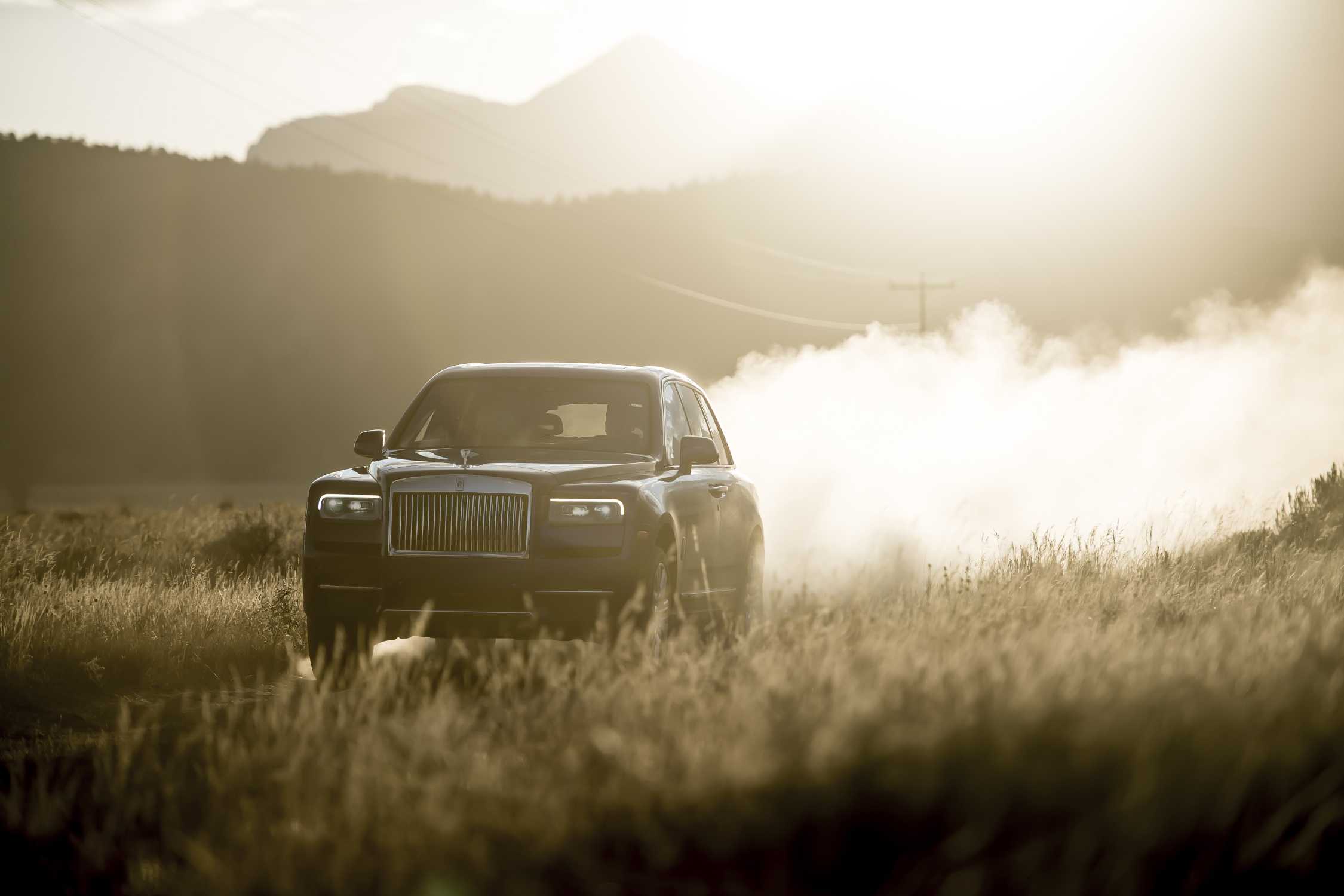

A warm engine uses less fuel, so one long trip may be more economical than several shorter ones. Cruise control on the highway may help with maintaining a constant speed and optimize fuel usage. In addition, idling, as well as sudden starts and stops increase fuel consumption. However, this also depends on the car design, therefore it is necessary to examine each car’s specifications when considering its fuel economy. This is because air resistance significantly increases with speed. Fuel consumption usually increases when driving over a speed of 50 kilometers or 30 miles per hour. The optimal fuel economy is different for different vehicles, but generally, consumer vehicles are the most efficient when driving within the speed limits.

Removing the roof rack from the car will decrease air resistance and fuel consumptionĭriving style also affects fuel economy. Car manufacturers constantly work on developing materials that are safe, strong, and resistant to impact, but at the same time light and inexpensive. Therefore removing unnecessary cargo from the car, as well as manufacturing cars using lighter materials such as plastics and aluminum, allows increasing fuel economy. This weight includes both the car itself and the cargo. The overall weight of the car also affects fuel consumption. Different sources vary, but many believe that cleaning the air filter also improves fuel efficiency.
#Convert miles per gallon to litres per kilometre driver
Problems with steering increase friction, which in turn increases the use of fuel, for example, the case when the wheel pulls to one side and the driver has to apply constant pressure to the steering wheel when driving in a straight line. Maintaining the manufacturer recommended tire pressure and using lubricants with lower friction helps with minimizing the friction and thus increases fuel economy. In particular, friction, especially rolling friction affects efficiency. The amount of fuel consumed by the vehicle and the efficiency with which it is consumed depends on a number of factors. The more fuel the vehicle consumes, the less efficient it is, and the lower its fuel economy indicator. Fuel economy and efficiency indicate how far a vehicle can travel using a given unit of fuel, while fuel consumption - the quantity of fuel used by a vehicle in order to move for a given distance. Fuel efficiency, fuel economy, and fuel consumption are related concepts defined on the side of this page.


 0 kommentar(er)
0 kommentar(er)
